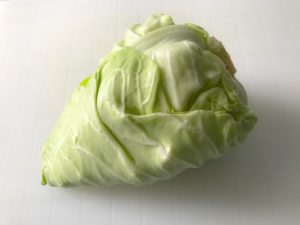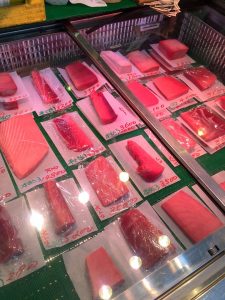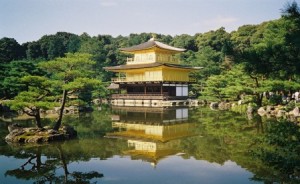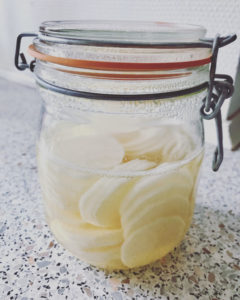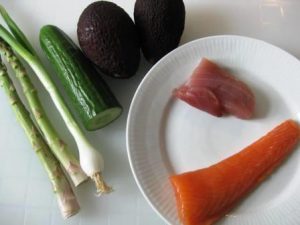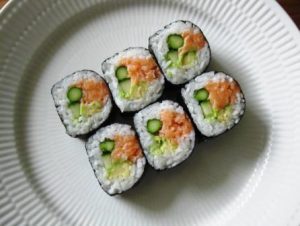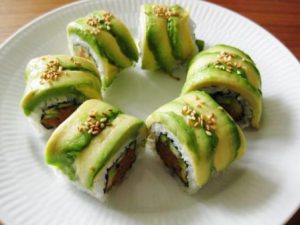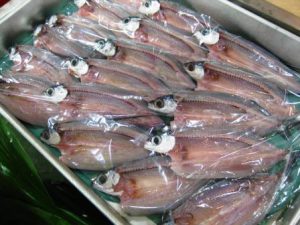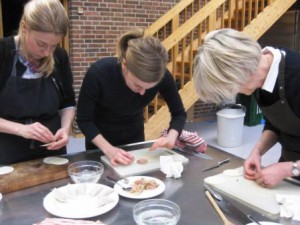 In Europe and the rest of the world sushi has become a very popular dish.
In Europe and the rest of the world sushi has become a very popular dish.
The Japanese are fond of sushi, but the Japanese cuisine has many other delicate styles to offer.
What most people are not aware of is that the rest of the Japanese kitchen is very neutral in its expression. This is due to the fact that in Japanese cuisine Japanese chefs focus on using hand techniques. I am not only thinking about the hand techniques to use when you mold buns to be baked in an oven.
I am thinking of hand techniques where it takes 20 years of masters. Techniques where you exercise refined your movements so that the gastronomic experience gets better year after year.
On the course “Traditional Japanese cooking class for beginners” who learn as a course student to use different techniques in the preparation of tasty dishes.
_
Zoë has held sushi courses and cooking classes for A. P. Moller – Maersk, Hugo Boss Nordic, Novo Nordisk, Novartis, Velux, Gorrissen Federspiel, Beierholm revision, Elbek & Vejrup and many more.


